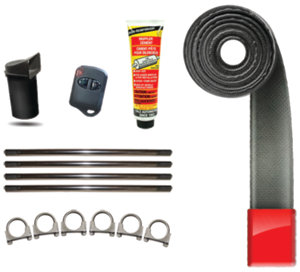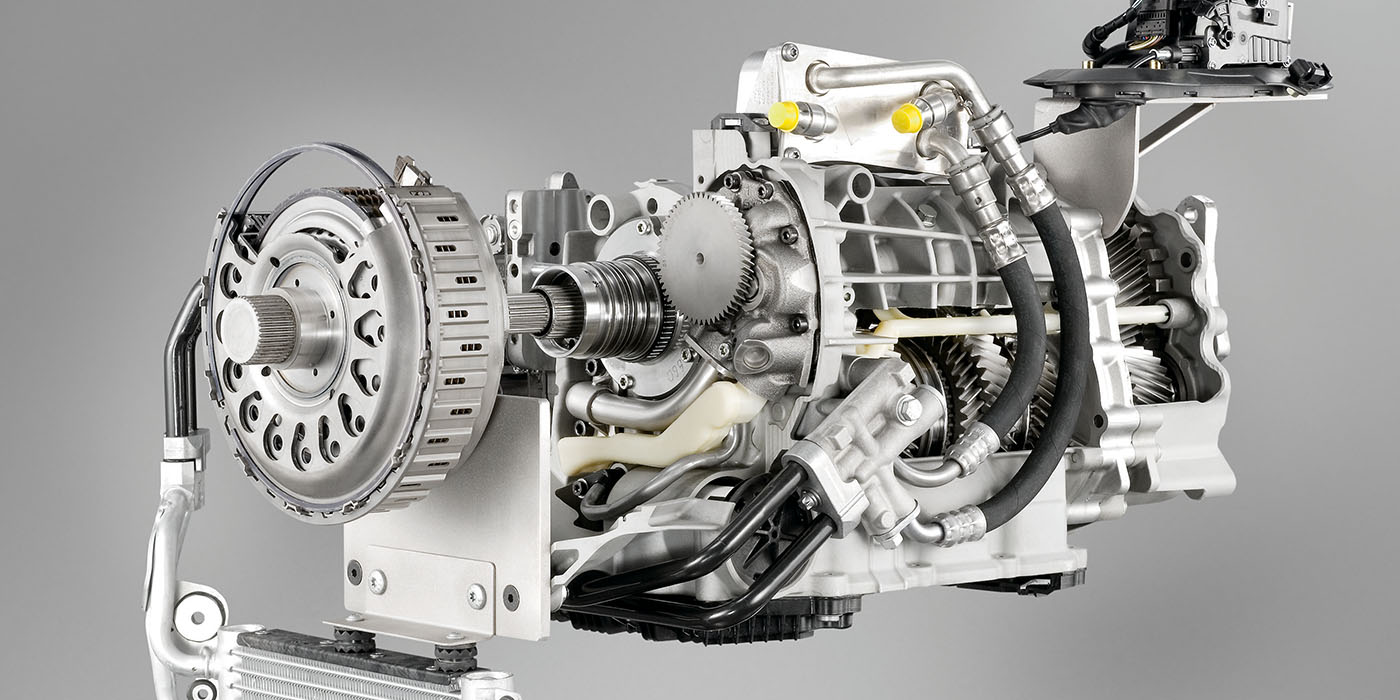
Volvo Engine Service
There are many combinations for the Volvo modular engine.
If an engine manages to stay in production for 25 years, it is a testament to the engineering inside. This is the case of the Volvo Modular Series engine that outlasted Ford and was just retired by Geely. The Volvo modular design that can have four, five or six cylinders made its debut in 1990 in the 960 sedan as a six-cylinder and never stopped improving.
Servicing Mercedes-Benz AMG Brakes
Take a look at some of the things you need to know in order to service the brakes on a Mercedes-Benz AMG vehicle.

AUDI Outside Air Temperature Readings
Incorrect readings can be avoided.

Mercedes-Benz ABC Suspensions
The system provides great ride & handling, but it can be complicated to service if you do not have the right training.

Audi TFSI/FSI: Oil Consumption And Carbon Buildup
Technical Service Bulletins can be valuable in helping solve vehicle problems. But sometimes, it takes multiple TSBs to find a pattern failure or the “root cause” of a problem. In the case of the Audi/VW 2.0L Fuel Stratified Injection (FSI) engine introduced in 2006, three problems related to engine carbon and fuel issues are connected

Other Posts
Carbon Deposit Q&A
Follow along to learn more about carbon deposits.

Mercedes Ignition Coil Pack Diagnostics
Replacing a single coil might not be the best approach to curing an engine of a chronic misfire.

Volvo Modular Engine Service
The Volvo Modular Series engine outlasted Ford and was retired by Geely. The Volvo modular design that can have four, five or six cylinders made its debut in 1990 in the 960 sedan as a six-cylinder and never stopped improving. Related Articles – BMW Dual Clutch Transmissions – BMW Cooling System Problems – Audi Active

BMW Dual Clutch Transmissions
BMW uses a wet clutch with separate inboard and outboard sections for the two sub-transmission.






